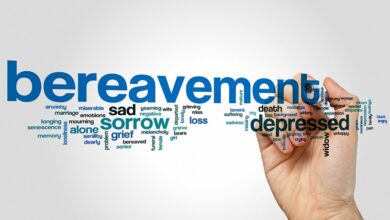Meetings are an integral part of organizational life, serving as forums for communication, collaboration, and decision-making. However, without proper structure and facilitation, meetings can often devolve into unproductive discussions and wasted time. Whiteboards offer a versatile tool for enhancing meeting effectiveness, enabling teams to brainstorm ideas, visualize concepts, and strategize solutions in real-time. In this article, we’ll explore various whiteboard strategies that can elevate meetings from mere discussions to dynamic and productive sessions, whether in the brainstorming phase or the boardroom.
1. Pre-Meeting Brainstorming: Setting the Stage for Collaboration
Before the meeting begins, encourage participants to engage in pre-meeting brainstorming sessions using whiteboards. This allows team members to generate ideas, jot down thoughts, and prepares materials in advance, fostering a more focused and productive discussion during the meeting. Consider using whiteboards to create mind maps, concept diagrams, or visual outlines of the meeting agenda to guide pre-meeting brainstorming efforts and set the stage for collaborative problem-solving.
2. Visual Agenda Mapping: Guiding the Discussion with Clarity
During the meeting, use whiteboards to visually map out the agenda and guide the discussion with clarity. Start by outlining the key topics or objectives of the meeting on the whiteboard, and then break down each topic into subtopics or action items as the discussion progresses. This visual agenda mapping helps keep the meeting on track ensures that all important points are covered, and provides a visual reference for participants to follow along with the discussion.
3. Idea Generation and Collaboration: Harnessing Collective Creativity
Whiteboards are powerful tools for fostering idea generation and collaboration among meeting participants. Encourage team members to share their ideas and insights by writing them on the whiteboard, creating a visual record of the discussion in real-time. Use whiteboards to facilitate group brainstorming sessions, capture key takeaways, and generate consensus around important decisions or action items. By harnessing the collective creativity of the group, whiteboards enable teams to explore new ideas, solve complex problems, and drive innovation together.
4. Visualizing Data and Concepts: Making the Abstract Tangible
Complex data and concepts can often be difficult to grasp in a meeting setting. Use whiteboards to visually represent data, diagrams, or models to make abstract concepts more tangible and comprehensible to participants. Whether it’s charting trends, mapping out processes, or illustrating relationships between variables, whiteboards provide a visual framework for organizing information and fostering deeper understanding among meeting attendees. This visual clarity enhances comprehension, encourages engagement, and facilitates more informed decision-making.
5. Action Planning and Follow-up: Turning Ideas into Results
At the end of the meeting, use whiteboards to summarize key action items, decisions, and next steps. Create a visual action plan that outlines who is responsible for each task, deadlines, and any dependencies or follow-up actions required. This visual roadmap provides clarity and accountability, ensuring that everyone is aligned on the next steps and responsibilities moving forward. Consider taking a photo or digital scan of the whiteboard to share with participants after the meeting, providing a reference for ongoing collaboration and follow-up.
Conclusion
In conclusion, whiteboards are invaluable tools for enhancing meeting effectiveness and driving productive collaboration in both the brainstorming phase and the boardroom. By leveraging whiteboard strategies such as pre-meeting brainstorming, visual agenda mapping, idea generation and collaboration, visualizing data and concepts, and action planning and follow-up, organizations can elevate their meetings from mundane discussions to dynamic and results-oriented sessions. Whether used for generating ideas, making decisions, or planning action steps, whiteboards empower teams to work together more effectively, drive innovation, and achieve better outcomes in their meetings and beyond.
Also Read: https://usatimenetwork.com/




